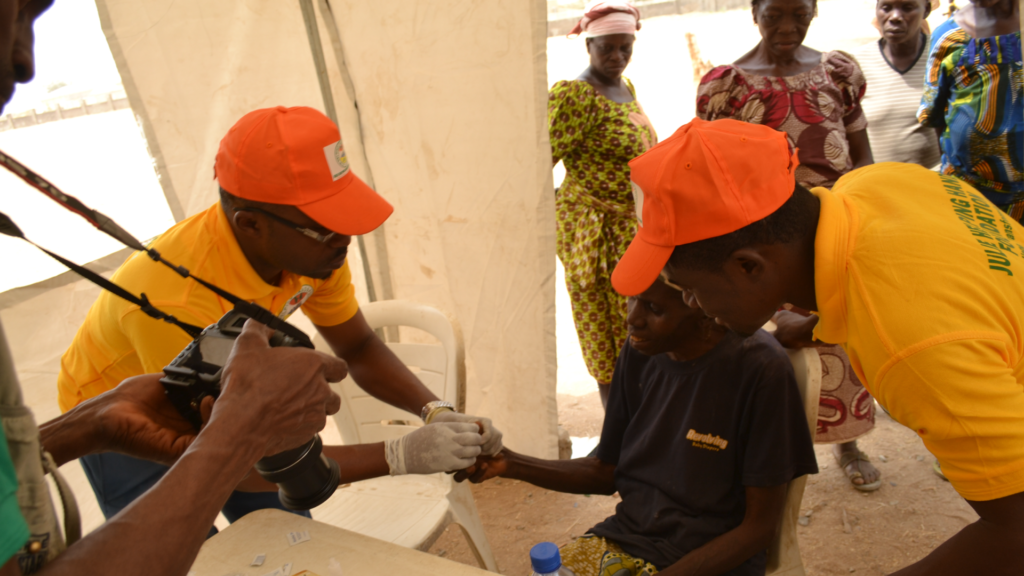Introduction
HIV (Human Immunodeficiency Virus) has been a subject of intense medical research and public attention since its discovery in the 1980s. Yet, despite decades of information and awareness campaigns, myths and misconceptions about HIV/AIDS persist. In this blog post, we aim to dispel some common myths and provide essential facts to promote a better understanding of this virus.
Myth #1: HIV and AIDS Are the Same
Fact: HIV and AIDS are not the same.
HIV is the virus, while AIDS (Acquired Immunodeficiency Syndrome) is a condition that can develop in the later stages of HIV infection. HIV attacks the immune system, weakening the body’s ability to fight infections. AIDS is diagnosed when the immune system becomes severely damaged, and the individual is at risk for opportunistic infections and certain cancers. However, not everyone with HIV progresses to AIDS, especially with early detection and effective treatment.
Myth #2: You Can Get HIV from Casual Contact
Fact: HIV is not transmitted through casual contact.
HIV is primarily transmitted through specific bodily fluids: blood, semen, vaginal fluids, rectal fluids, and breast milk. It is not spread through activities like hugging, kissing, shaking hands, sharing utensils, or using public restrooms. HIV transmission typically requires direct contact with these fluids in specific situations, such as unprotected sex or sharing needles for drug use.
Myth #3: HIV Is a Death Sentence
Fact: HIV is a manageable chronic condition with appropriate treatment.
Advancements in HIV research and treatment have transformed the outlook for people living with HIV. Antiretroviral therapy (ART) is highly effective in suppressing the virus, allowing individuals to lead long and healthy lives. With early diagnosis, regular medical care, and adherence to treatment, the progression to AIDS can often be prevented.
Myth #4: HIV Only Affects Certain Groups
Fact: HIV can affect anyone, regardless of age, gender, or sexual orientation.
While certain groups, such as men who have sex with men and people who inject drugs, have a higher risk of HIV infection, the virus can impact anyone. It does not discriminate based on age, gender, race, or sexual orientation. Everyone should be aware of their risk and take appropriate precautions.
Myth #5: There’s a Cure for HIV
Fact: There is no cure for HIV, but it can be effectively managed.
As of now, there is no cure for HIV. However, antiretroviral therapy (ART) can significantly reduce the viral load in the body, allowing people with HIV to live healthy lives. Research into potential cures and vaccines is ongoing, but prevention and treatment remain the best approaches.
Myth #6: You Can’t Have Children if You Have HIV
Fact: People with HIV can have children with proper medical guidance and precautions.
With the right medical care and guidance, individuals living with HIV can safely have children without transmitting the virus to their partners or newborns. Healthcare providers can offer guidance on safer conception methods, pre-exposure prophylaxis (PrEP), and other strategies to minimize the risk of transmission.
Conclusion
Understanding the facts about HIV is crucial for reducing stigma, preventing new infections, and supporting those living with the virus. By dispelling these common myths and providing accurate information, we contribute to a more informed and compassionate society. It’s important to continue raising awareness about HIV/AIDS and promoting responsible behavior, regular testing, and access to treatment to ensure a healthier future for all.

